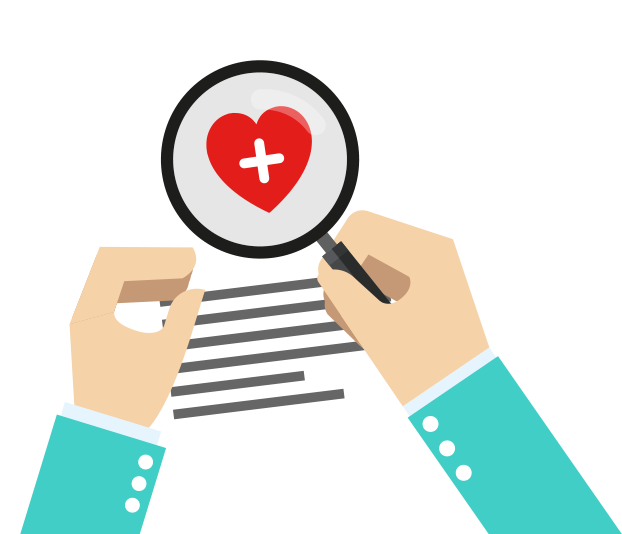What is cardiovascular disease?
Cardiovascular disease (CVD) is a general term for conditions affecting the heart or blood vessels.
It's usually associated with a build-up of fatty deposits inside the arteries – known as atherosclerosis – and an increased risk of blood clots. It can also be associated with damage to arteries in organs such as the brain, heart, kidneys and eyes.
The three main conditions are:
- coronary heart disease (which can cause angina or heart attack)
- stroke
- peripheral arterial disease (also known as peripheral vascular disease)
CVD is one of the main causes of death and disability in the UK, but often it can be prevented by leading a healthy lifestyle.
In NHS Vale of York CCG alone, more than 46,000 people are affected by high blood pressure (hypertension) - a leading cause of heart disease and stroke. We estimate 34,000 people (one in 10) have high blood pressure but remain undiagnosed, while 7,000 people have an irregular heartbeat (atrial fibrillation) and more than 6,000 people have experienced a stroke or mini-stroke (TIA).
Causes of CVD
The exact cause of CVD isn't clear, but there are many things that can increase your risk of developing CVD. The more risk factors you have, the greater your chances are of developing CVD.
How healthy is your heart?
Check your heart age here
What does it tell you about your heart? Whatever the answer, now is the right time to think about how to change your lifestyle for the better. We've put together some of our favourite sources of information, advice and help so that you can find them easily.
You could also talk to your practice nurse about how you can get the most health benefits from this information.
What is cardiovascular disease risk?
Cardiovascular disease (CVD) is caused by risk factors. The good news is many of these can be changed, treated or controlled. They include: smoking, high blood pressure, high cholesterol, being overweight or obese, being inactive and diabetes.
But some risk factors can't be changed. For example, the risks of CVD increase as you get older. Men are generally more at risk, as are women after the menopause. Your risk is also increased if you have a family history of CVD, where a close blood relative (mother/father/sister/brother) had a heart attack or stroke before the age of 55 (for men) or 65 (for women).
You can read more about how to improve risk factors that can be changed, treated or controlled.
You can find out more about the Healthy Hearts programme and how it may affect you by clicking below.

